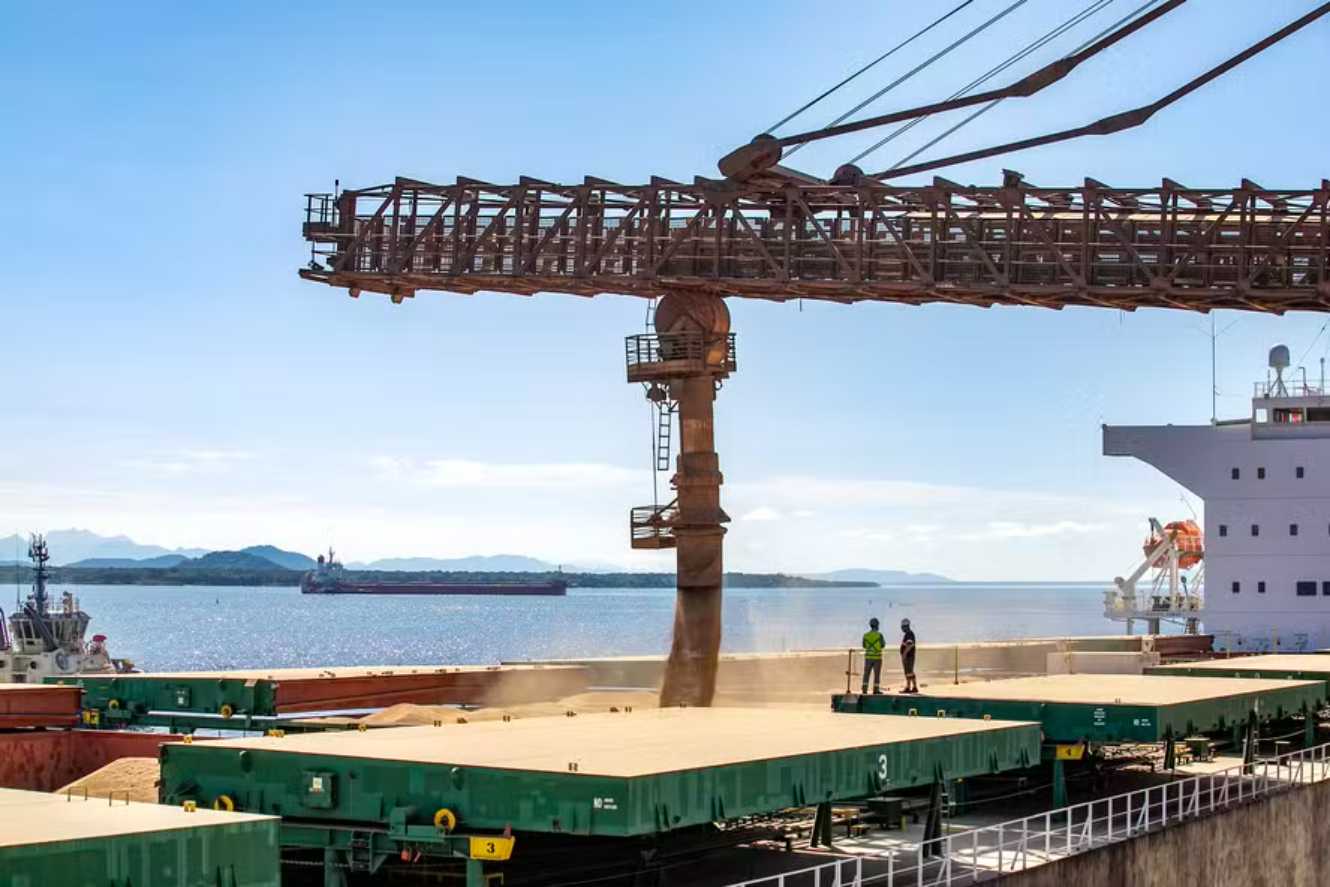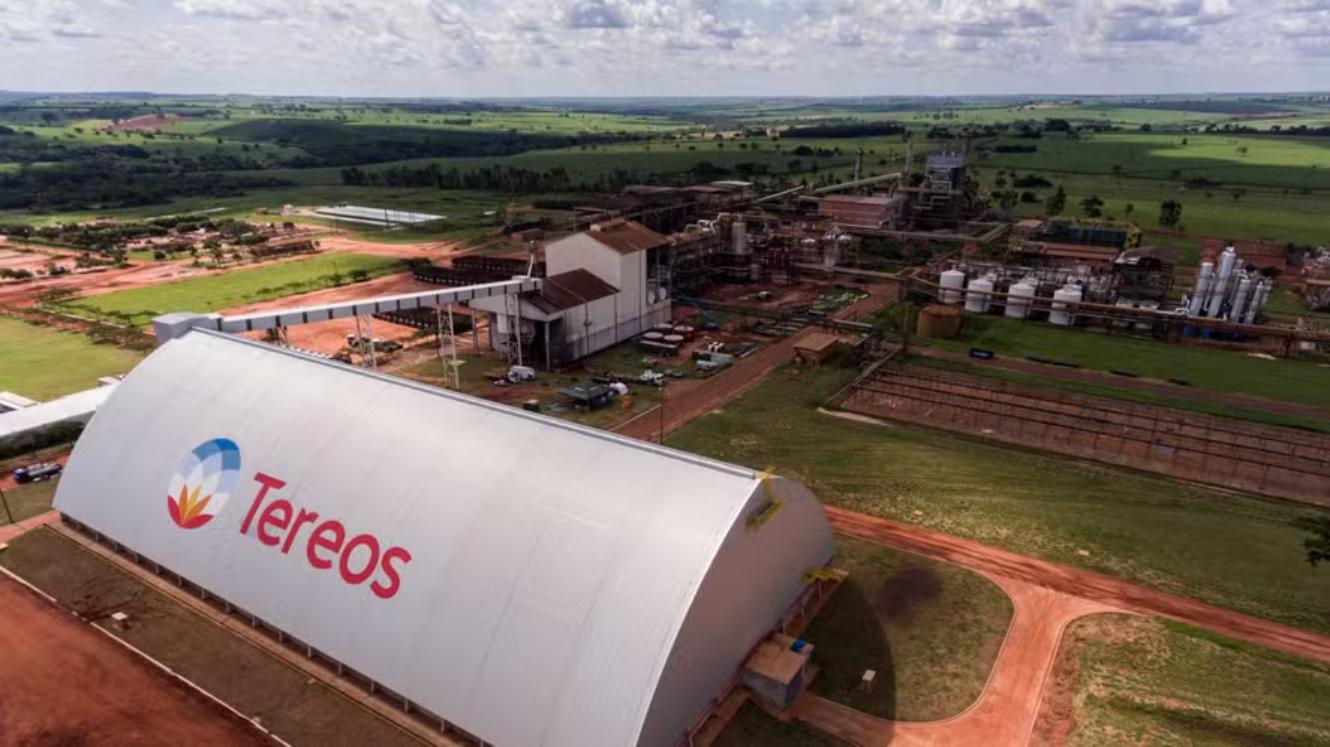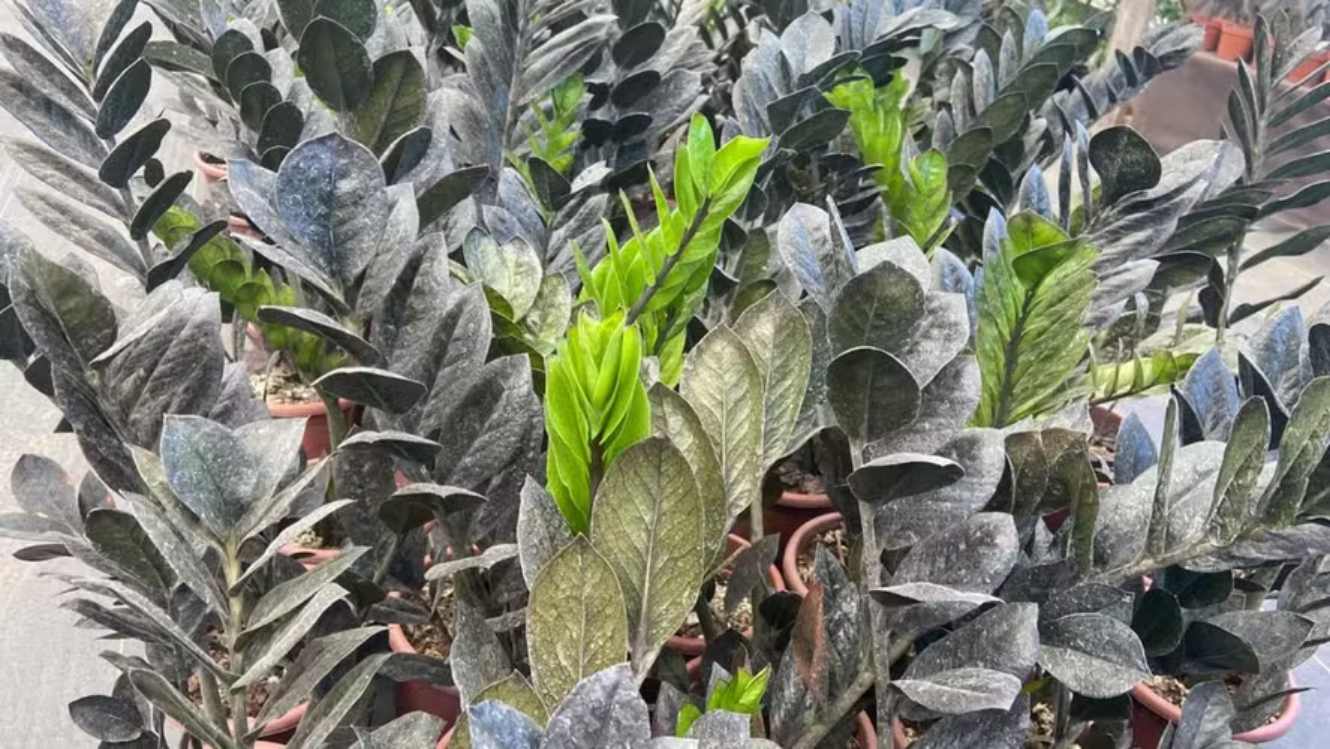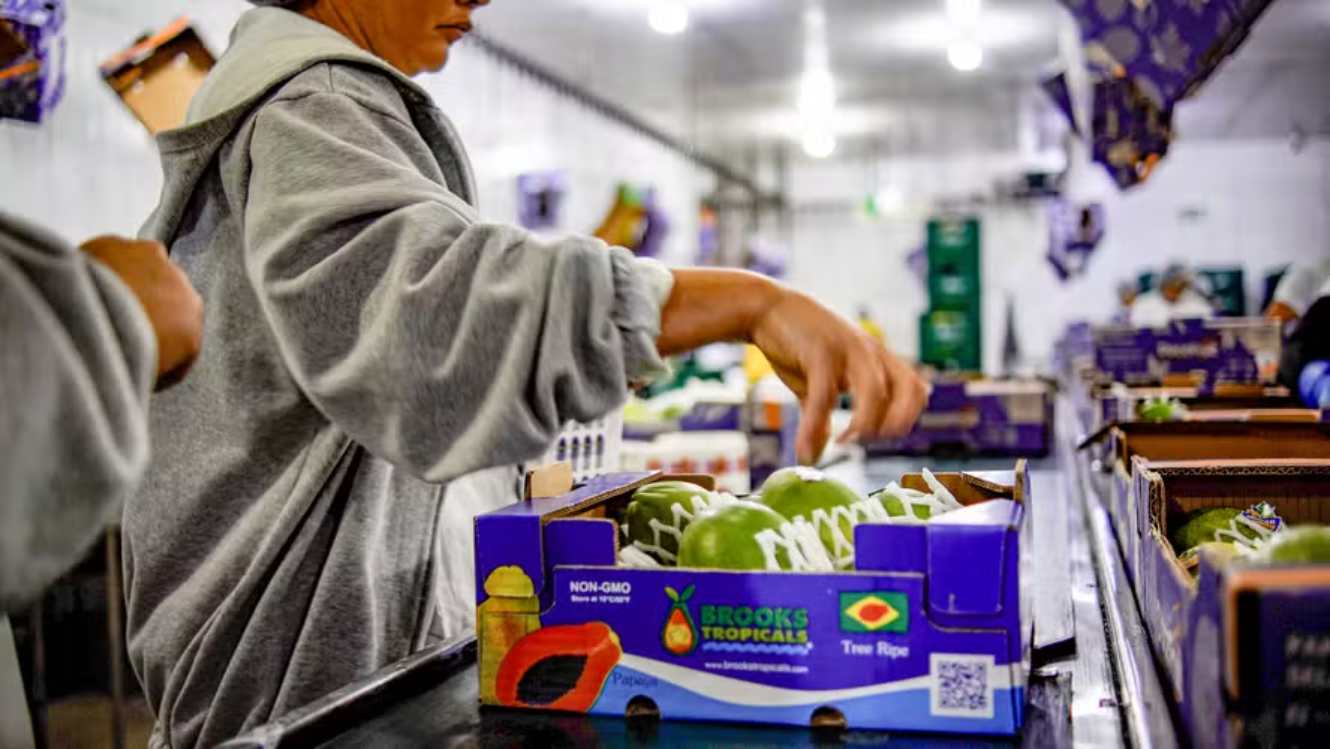According to Anec’s survey, freight costs for exporting soybeans to China are higher in Brazil than in Argentina and the U.S.
Brazil spends significantly more to ship soybeans to China than its competitors, the United States and Argentina. According to a survey by the National Association of Cereal Exporters (Anec), based on data from March this year, the freight cost for shipping soybeans from Sorriso (MT) to China would be $124 per ton if the exporter used trucks for the 2,000 kilometers between the city in Mato Grosso and the Port of Santos.
If the route included both trucks and trains, the freight cost would be $111 per ton. An exporter using barges and trucks would pay $103 per ton. For comparison, sending soybeans from Illinois, USA, to China with the same modal would cost $75.50 per ton in March 2024.
Argentine exporters using trucks from Córdoba, passing through the Port of Rosario, would face a cost of $94 per ton. Rail transport would cost $79 per ton.
“In the U.S., the distance traveled by production to the ports is half of what it is in Brazil. And there, the maintenance of highways significantly reduces vehicle upkeep costs. The concentration of rail and waterway infrastructure also plays a big role in reducing freight costs,” says Sérgio Mendes, executive director of Anec.
Thiago Péra, coordinator of EsalqLog, adds that only 16% of agricultural cargo movements in the U.S. last year were by truck, while waterway transport was the most used, accounting for 53%, and rail transport made up 31%. In Brazil, the situation is reversed: 54% of cargo is transported by road, 33% by rail, and 12% by waterways.
Mendes also points out that Argentina prioritizes crushing soybeans before exporting, and the production areas are located close to processing plants, which are in turn within 250 kilometers of the ports.
Another factor influencing costs is seasonality, due to Brazil’s storage deficit. “This leads to higher demand for road freight during soybean and corn harvest peaks, driving up freight prices,” says Mendes.
In the U.S., storage capacity is 131% of the total grain production, while in Brazil, Anec estimates it is only 60% of the total harvest volume.
Executives and researchers agree that Brazil’s competitiveness will improve with a combination of legal security to attract private capital for investment and more robust government infrastructure programs. The bureaucratic hurdles in obtaining licenses to build railways and other roads are also a common complaint.
Also read: Brazil Relies Even More on Highways for Grain Exports





